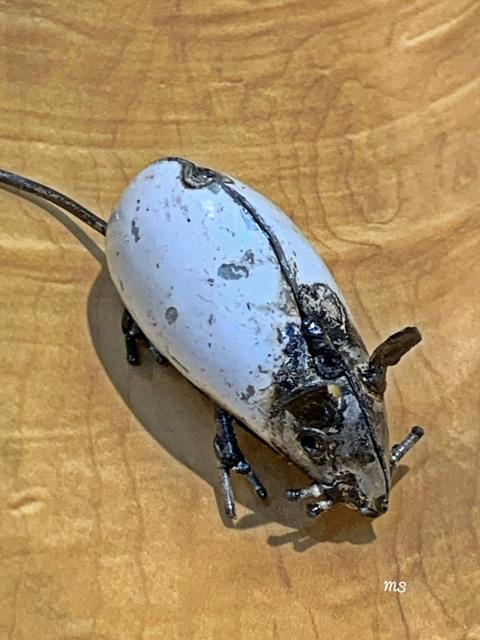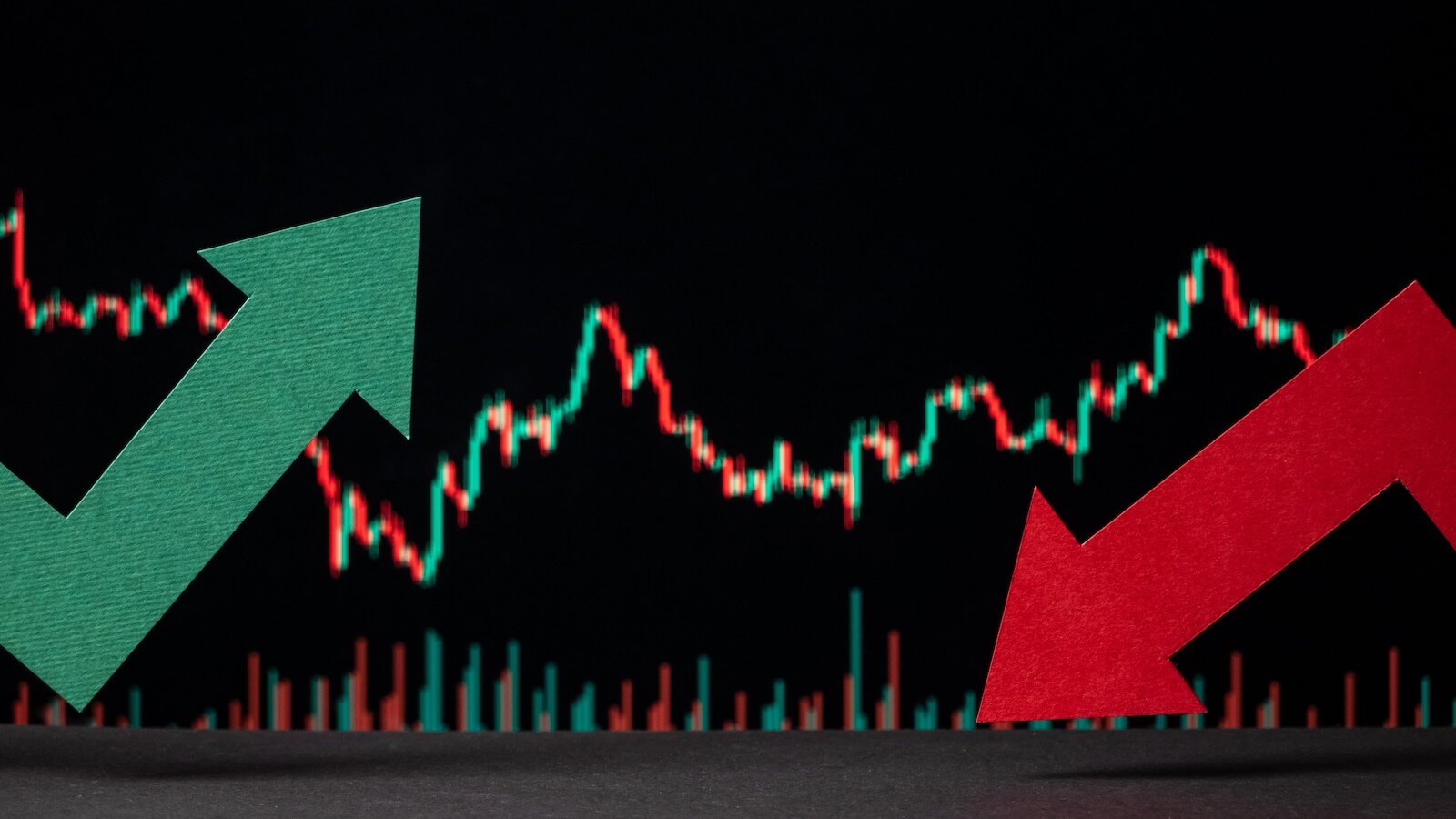
As we are a couple of months into the Year of the Metal Rat, much of what I posted back on January 19th has come true.
Raymond Lo, famous Chinese astrologer, predicted back in November 2019 that, in the Year of the Metal Rat with a water element, "There will be water- and fire-related disasters, including sea and air accidents and more serious earth-related disasters such as landslides, sink holes, avalanches, mining accidents, building collapses, and earthquakes." He also said, "Pessimism, cynicism and despair will set in and contribute to an economic decline."
And that was before the coronavirus!
The most amusing part of his predictions was the call for "A Peach Blossom (or Flower of Romance) star that will stimulate plenty of sex and romance." Considering the quarantine and the now shortage of condoms, that flower has bloomed!
It's the rat's year and, as such, the rats have come out of hiding! They're taking to the streets in broad daylight and invading homes in a desperate search for food.
Robert Corrigan, famed urban rodentologist, says, "It is a wild animal. It is going to go forage around the house. If there is a baby in a crib with a milk bottle, they are going to follow that odor. They can chew on wires; they can bring their own viruses in. Rats in the house is serious."
In market terms, what other threatening factors have come out of hiding?
A term I have not heard used commonly for 40 years is money supply. In fact, I have not even thought about M1 and M2 since the days of trading commodities on the NY Exchanges. Back in the day, traders would wait patiently for money supply numbers to come out.
The definition of money supply is the total value of money available in an economy at a point of time. M1 includes money in circulation, plus checkable deposits in banks. M2 includes M1 plus savings deposits (less than $100,000) and money market mutual funds.
From 1979-1982, Paul Volcker changed monetary policy to control inflation. Hence, we in the pits checked M1 and M2 to see if Volcker added to or subtracted from the money supply. That, in turn, would impact the price of gold and silver.
Fast forward to the present-
Over the last three weeks, the M2 money supply has exploded by a whopping $532 billion. Money supply is expanding at 26x the rate of QE1 during the 2008 financial crisis. Many wonder, including myself, what happens to all these trillions of dollars in new money, once the economy comes back?
With $300 billion of the recent stimulus heading to consumers, the price of basic commodities has to rise. The longer the economy is shut down and with the immediate risk of deflation, the more likely it is that the FED will print even more money. With the economy essentially closed, the demand for goods will rise, while the supply diminishes. This will cause inflation to rise in the intermediate term. Not only will food and metal commodities rise, but the Fed may have to ultimately use the bond market to hedge against a potentially out-of-control inflation. And if they raise rates, well, not good for the economy or the market.
On Friday, the FED cut its pace of Treasury buying from $75 to $60 to $50 billion a day. For now, that means the FED sees a lesser need to counter the excessive selling pressure. So, even the rats that have been FED money supply may grow hungrier.
Maybe they will grow hungry for stocks instead? Continue to watch the credit market, treasury bonds, gold, food commodities and how the inside weeks that were left in many instruments reconcile.
We want to keep the rats FED, but not at our own expense.
On Friday, April 3rd, I made my debut on StockCharts TV, launching a weekly segment called Mish's Market Minute. Here is the first episode (watch on YouTube here):
- S&P 500 (SPY): 3 days of relatively tight ranges. I say down under 244, up over 258
- Russell 2000 (IWM): Inside week. 101.60 support and 112.56 resistance
- Dow (DIA): Inside week. Support 190, resistance 216.35 then 225.87
- Nasdaq (QQQ): 3 days of relatively tight ranges. I say down under 181, up over 190
- KRE (Regional Banks): Inside week. 27.26-34.73 range to watch
- SMH (Semiconductors): Inside week. 122-99.22 range
- IYT (Transportation): Inside week. 145.52-117.18 range to watch
- IBB (Biotechnology): 105.25 pivotal, 110.25 resistance
- XRT (Retail): Inside week. 31.63-26.29 range to watch
- Volatility Index (VXX): Inside week. 59.01-39.00 range to watch
- Junk Bonds (JNK): Inside week. 95.98 resistance, 83.18 support
- LQD (iShs iBoxx High yield Bonds): 120 pivotal support
Mish Schneider
MarketGauge.com
Director of Trading Research and Education





